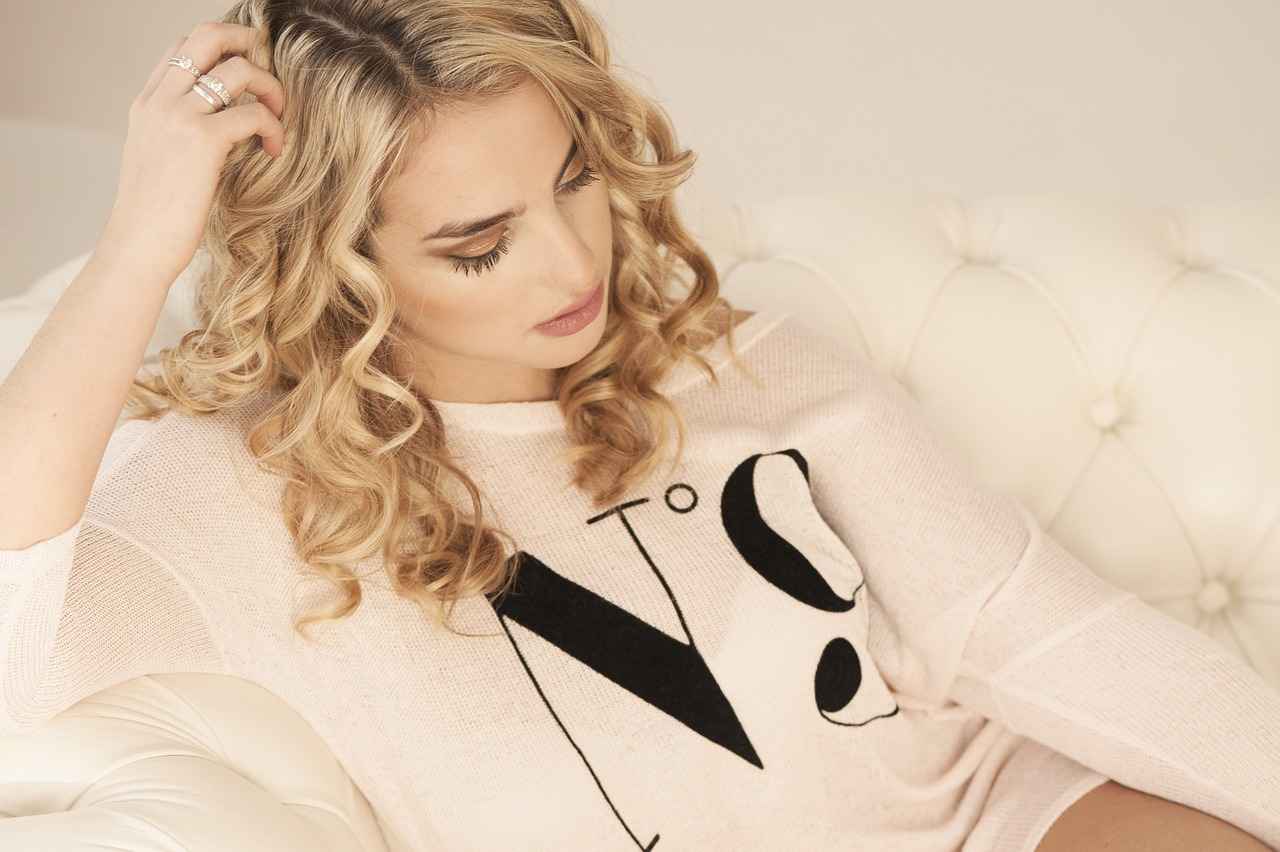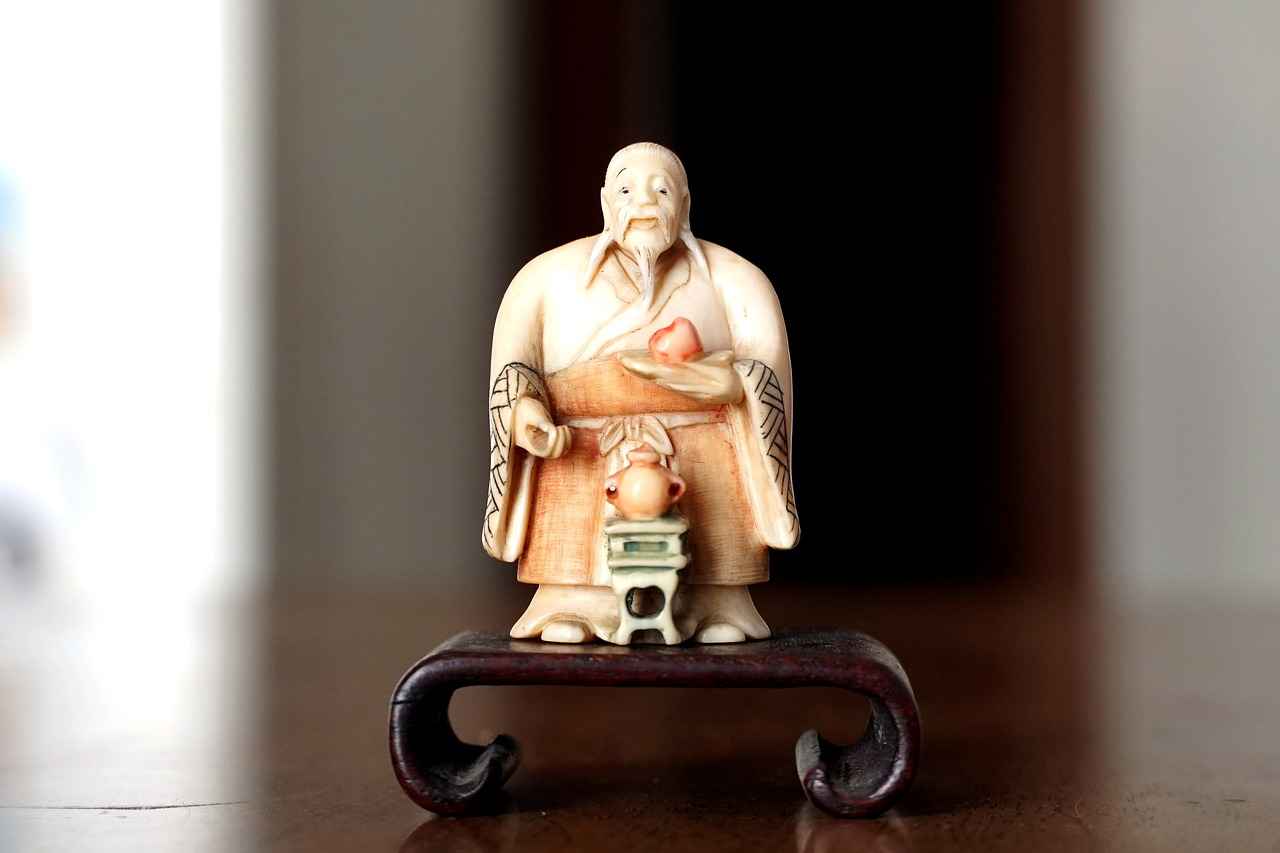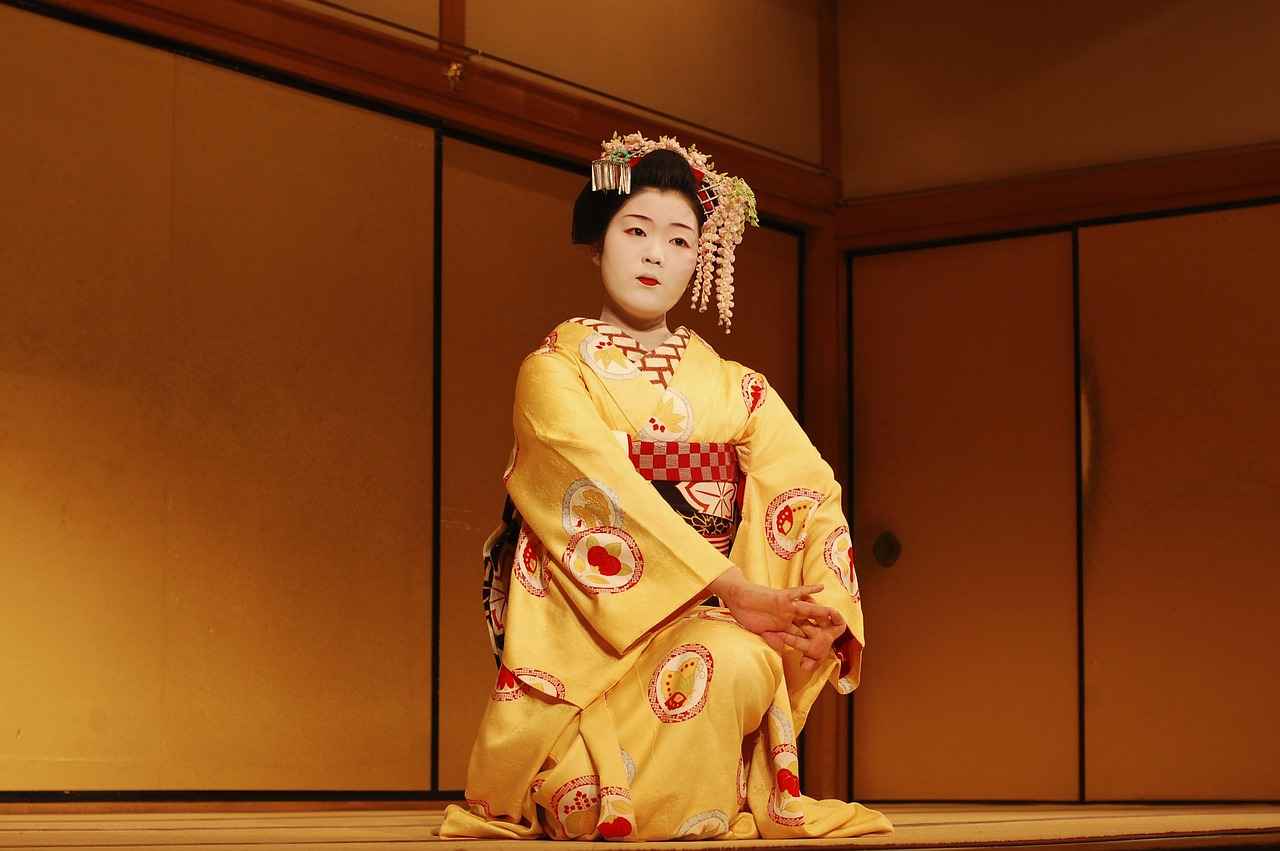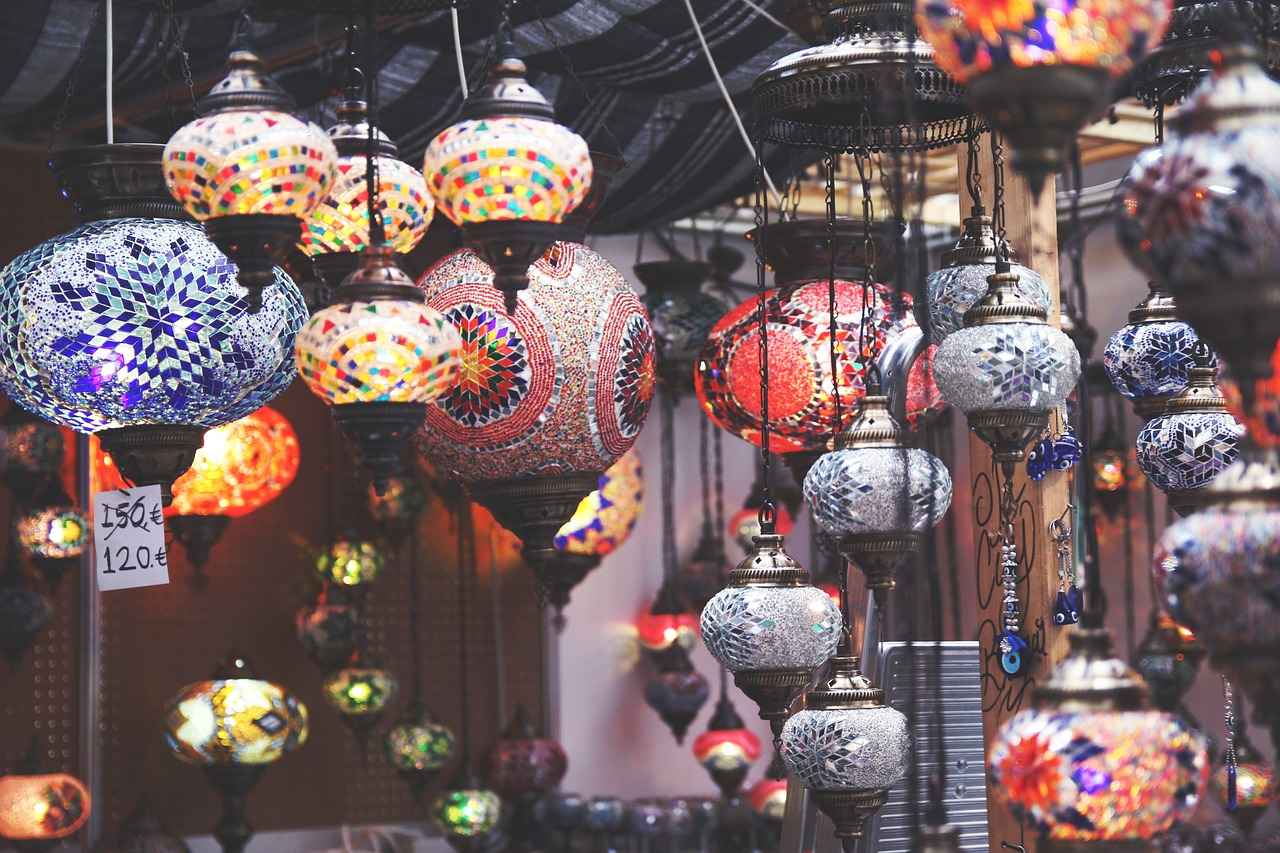Explore the art of kimono styling with tips and insights that will elevate your outfit. Discover various techniques and accessories to achieve a stunning look for any occasion.
Understanding Kimono Types
Different types of kimonos serve various purposes. Casual kimonos are ideal for relaxed settings, while formal kimonos are designed for special occasions. Understanding these distinctions will help you choose the right kimono that complements your personal style.
Choosing the Right Fabric
The fabric of your kimono significantly impacts its overall look and feel. Here are some popular materials:
- Cotton Kimonos: Perfect for casual wear, cotton kimonos are breathable and easy to maintain.
- Silk Kimonos: Exuding luxury, silk kimonos are ideal for formal events.
- Polyester Kimonos: Affordable and durable, these kimonos can be styled for various occasions.
- Linen Kimonos: Lightweight and perfect for warmer months, linen kimonos keep your look fresh and chic.
Accessorizing Your Kimono
Accessories can enhance your kimono ensemble significantly. Consider the following:
- Obi Belts: These traditional belts define your waistline and come in various styles.
- Jewelry Choices: Selecting the right jewelry can elevate your outfit, ensuring harmony with your kimono’s colors.
Layering Techniques
Layering can add depth and sophistication to your kimono outfit. Here are some effective methods:
- Adding a Cardigan: A well-chosen cardigan can provide warmth while complementing your kimono.
- Incorporating a Scarf: A scarf can introduce color and texture, enhancing your overall look.
Footwear Options
The right footwear can complete your kimono look. Here are some options:
- Traditional Geta: These wooden sandals enhance the cultural aspect of your outfit.
- Modern Sneakers: Sneakers offer a contemporary twist, making your look trendy and casual.
Occasion-Specific Styling
Styling your kimono can vary based on the occasion:
- Casual Outings: Opt for a relaxed yet chic look.
- Formal Events: Focus on elegance to make a stunning impression.
Maintaining Your Kimono
Proper maintenance is crucial to keep your kimono beautiful:
- Cleaning Tips: Learn the best practices for washing and storing your kimono based on its fabric.
- Storage Solutions: Effective storage methods can prevent damage and retain the kimono’s shape.
Conclusion: Embrace Your Style
Styling a kimono is an art that combines tradition with personal flair. Embrace your unique style and confidence by experimenting with different looks to find what suits you best.
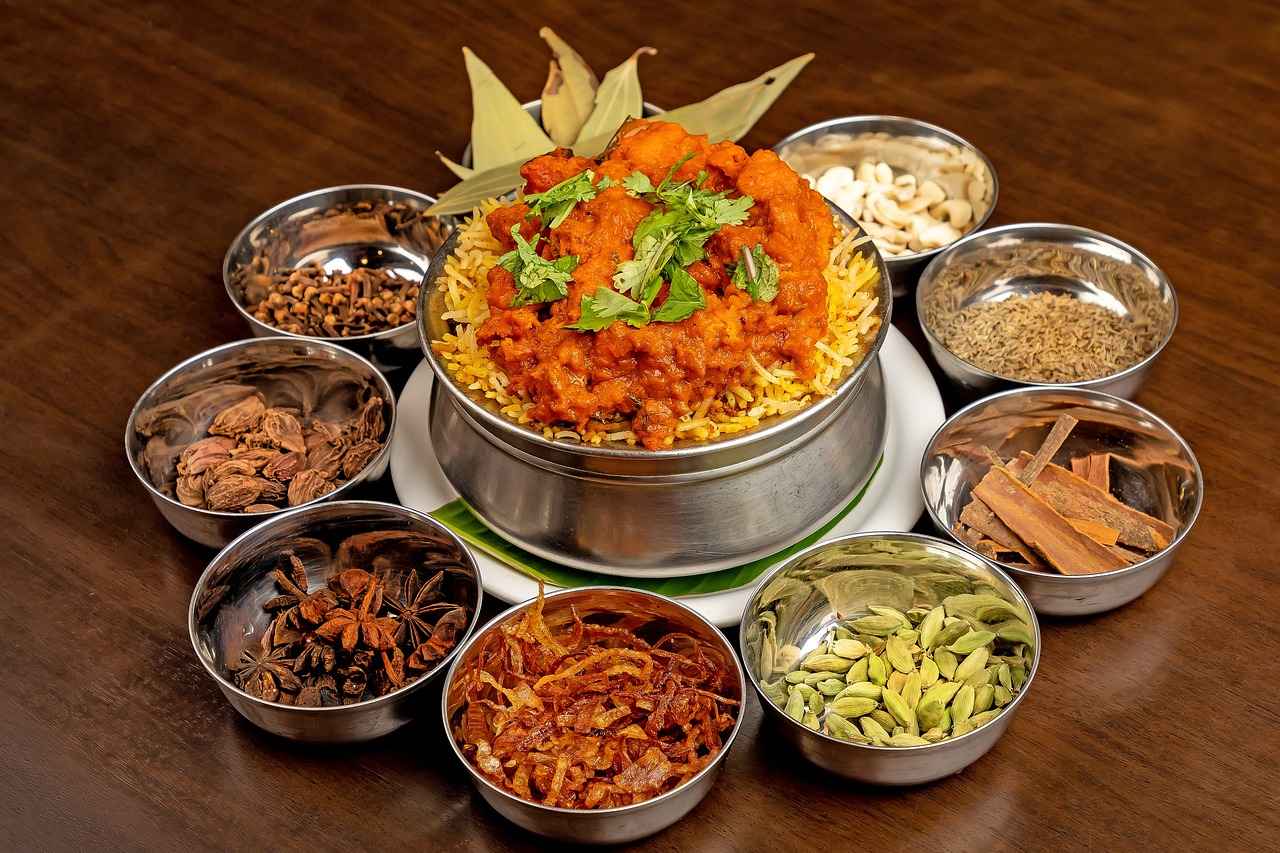
Understanding Kimono Types
When it comes to kimonos, the variety available can be overwhelming. Each type serves a specific purpose, whether for casual outings or formal occasions. Understanding the distinctions between casual and formal kimonos is crucial for selecting the right one that reflects your personal style.
Casual Kimonos
- Materials: Casual kimonos are often made from lightweight fabrics like cotton or linen, making them comfortable for everyday wear.
- Design: They typically feature vibrant prints and simpler designs, allowing for a relaxed vibe.
- Occasions: Perfect for casual outings, picnics, or even lounging at home, casual kimonos can be paired with jeans or shorts for a laid-back look.
Formal Kimonos
- Materials: Formal kimonos are traditionally crafted from luxurious fabrics like silk, which adds an element of sophistication.
- Design: These kimonos often showcase intricate patterns and elaborate embroidery, reflecting cultural significance and artistry.
- Occasions: Ideal for weddings, formal ceremonies, and cultural events, formal kimonos are usually worn with traditional accessories like obi belts.
Choosing the Right Kimono for Your Style
To select the right kimono, consider the occasion and your personal style. If you prefer a more relaxed look, opt for a casual kimono with fun prints. For formal events, choose a silk kimono with elegant details. Remember, the right kimono can enhance your outfit and showcase your unique personality.
In conclusion, understanding the different types of kimonos is essential for making informed fashion choices. Embrace the versatility of kimonos and express your style with confidence.

Choosing the Right Fabric
The fabric of your kimono plays a crucial role in defining its overall appearance and comfort. Selecting the right material is essential for achieving both elegance and ease. Here, we will explore various fabrics, their unique characteristics, and how they can enhance your kimono experience.
- Cotton Kimonos: Ideal for casual settings, cotton kimonos are breathable and easy to care for. They are perfect for everyday wear, allowing for flexibility and comfort.
- Silk Kimonos: Renowned for their luxurious feel, silk kimonos are a staple for formal occasions. The natural sheen of silk adds a touch of sophistication, making it an excellent choice for weddings and galas.
- Polyester Kimonos: Offering durability and affordability, polyester kimonos are versatile. They maintain their shape well and can be styled for both casual and semi-formal events without sacrificing style.
- Linen Kimonos: Perfect for warmer climates, linen kimonos are lightweight and breathable. They provide a relaxed yet chic look, ideal for summer outings.
When choosing the fabric for your kimono, consider the occasion and climate. Each material has its own benefits:
| Fabric Type | Benefits | Best For |
|---|---|---|
| Cotton | Breathable, easy maintenance | Casual wear |
| Silk | Luxurious, elegant appearance | Formal events |
| Polyester | Durable, affordable | Various settings |
| Linen | Lightweight, fresh | Warm weather |
In conclusion, understanding the characteristics of each fabric can greatly influence your kimono styling. By choosing the right material, you ensure that your outfit is not only visually appealing but also comfortable for any occasion.
Cotton Kimonos
are an excellent choice for those seeking comfort and style in their casual wear. These versatile garments are not only fashionable but also practical, making them a staple in many wardrobes. Below, we explore the numerous benefits of cotton kimonos and how they can elevate your everyday outfits.
One of the primary advantages of cotton kimonos is their breathability. The natural fibers allow air to circulate, keeping you cool and comfortable even on warmer days. This makes them an ideal option for casual outings, whether you’re heading to a picnic in the park or enjoying a day at the beach.
In addition to their breathability, cotton kimonos are incredibly easy to maintain. Unlike more delicate fabrics, cotton can be machine washed and dried without losing its shape or color. This convenience makes them a favorite among busy individuals who appreciate low-maintenance clothing that still looks great.
Moreover, cotton kimonos come in a variety of styles, colors, and patterns, allowing you to express your unique fashion sense. From floral prints to solid colors, there’s a cotton kimono to suit every taste. You can easily pair them with jeans, shorts, or even dresses, making them a versatile addition to any outfit.
- Versatile Styling: Dress it up with accessories for a night out or keep it casual for a relaxed day.
- Seasonal Adaptability: Wear them in spring and summer for a light layer or add a long-sleeve tee underneath for cooler months.
- Eco-Friendly Option: Many cotton kimonos are made from organic materials, making them a sustainable choice.
In conclusion, cotton kimonos are a fantastic choice for anyone looking to combine comfort with style. Their breathability, ease of maintenance, and versatility make them a popular choice for everyday wear. Whether you’re dressing up for a special occasion or keeping it casual, a cotton kimono is sure to enhance your outfit.
Silk Kimonos
are not just garments; they are a symbol of luxury and elegance. Renowned for their exquisite texture and stunning appearance, these kimonos are crafted from the finest silk, making them a favorite choice for formal events and special occasions. In this article, we will explore the unique qualities of silk kimonos and provide styling tips to ensure you look your best.
- Luxurious Feel: The smooth texture of silk provides a soft touch against the skin, enhancing the overall wearing experience.
- Elegant Draping: Silk kimonos drape beautifully, creating a flattering silhouette that complements various body types.
- Vibrant Colors: The natural sheen of silk enhances colors, making patterns and designs appear more vivid and eye-catching.
- Breathability: Despite its luxurious appearance, silk is a breathable fabric, making it suitable for both warm and cool climates.
When styling a silk kimono for formal occasions, consider the following:
- Layering: Pair your kimono with a fitted dress or tailored trousers to create a sophisticated layered look.
- Accessories: Choose elegant accessories such as statement earrings or a delicate necklace to enhance your outfit without overwhelming it.
- Footwear: Opt for classic heels or elegant flats that complement the style of your kimono, ensuring comfort while maintaining a polished appearance.
- Color Coordination: Select colors that complement your skin tone and the event’s theme, ensuring your kimono stands out in a tasteful way.
Silk kimonos offer a unique blend of luxury and style, making them an excellent choice for formal events and special occasions. By understanding their unique qualities and applying thoughtful styling techniques, you can elevate your look and make a lasting impression. Embrace the elegance of silk kimonos and let your style shine.
Polyester Kimonos
have gained popularity in recent years due to their unique blend of durability and affordability. These kimonos are an excellent choice for those looking to embrace the beauty of traditional Japanese attire without breaking the bank. Understanding their advantages can help you make informed styling decisions.
One of the primary benefits of polyester kimonos is their resilience. Unlike natural fabrics, polyester is less prone to wrinkling and fading, making it ideal for everyday wear. This durability means you can enjoy your kimono for years, even with frequent use. Furthermore, polyester is often easier to care for, requiring minimal maintenance compared to delicate fabrics like silk.
When it comes to styling, polyester kimonos can seamlessly transition from casual outings to more formal events. For a relaxed look, consider pairing your kimono with a simple t-shirt and jeans. This combination allows the kimono to serve as a statement piece while keeping the outfit comfortable and approachable. Alternatively, for formal occasions, you can layer a polyester kimono over a sleek dress or tailored trousers, adding a touch of elegance without sacrificing comfort.
Another advantage is the wide variety of designs available in polyester kimonos. From bold prints to subtle patterns, there is something to suit every personal style. Accessories also play a crucial role in enhancing your look. Consider adding a stylish obi belt to cinch the waist, or complementing your outfit with delicate jewelry that highlights the kimono’s colors.
In conclusion, polyester kimonos are a versatile addition to any wardrobe. Their affordability and durability make them an excellent choice for anyone looking to explore the beauty of kimonos. By understanding how to style them for various occasions, you can enjoy the elegance of this traditional garment while maintaining a modern flair.
Linen Kimonos
are an excellent choice for warmer months, offering both style and comfort. Their lightweight nature makes them perfect for hot weather, allowing your skin to breathe while still looking effortlessly chic. In this section, we will explore various styling tips to keep your look fresh and fashionable while enjoying the comfort of linen.
Linen is a natural fabric known for its breathability and moisture-wicking properties. This makes it an ideal choice for summer wear. Additionally, linen kimonos are durable and become softer with each wash, providing a comfortable fit that enhances your style.
- Layering Basics: Pair your linen kimono with a simple tank top or a lightweight blouse to create a balanced look. This allows the kimono to be the statement piece of your outfit.
- Color Coordination: Opt for neutral or pastel-colored kimonos to maintain a fresh summer vibe. Bright prints can also work well if you want to make a bold statement.
- Accessorize Wisely: Use minimal accessories like delicate necklaces or simple earrings to keep the focus on your kimono. A wide-brimmed hat can add a touch of elegance while providing sun protection.
- Footwear Choices: Sandals or espadrilles are perfect for pairing with linen kimonos. They keep the look casual yet stylish, ideal for summer outings.
For casual outings, consider wearing your linen kimono over a swimsuit for a beach day or with shorts for a relaxed brunch. For evening events, dress it up with tailored trousers and heels, ensuring you maintain a chic and sophisticated appearance.
In conclusion, linen kimonos are a versatile addition to your summer wardrobe. By following these styling tips, you can effortlessly create looks that are both comfortable and fashionable, ensuring you stay cool while looking your best.

Accessorizing Your Kimono
Accessories play a crucial role in enhancing your kimono ensemble, allowing you to express your personal style while honoring traditional aesthetics. The right accessories can transform a simple kimono into a stunning statement piece, elevating your overall appearance for any occasion.
Here are some essential accessories that work beautifully with kimonos:
- Obi Belts: These traditional waistbands are not just functional but also a key style element. Available in various colors and patterns, obi belts can define your silhouette and add a pop of color to your outfit. Experiment with different tying techniques to create unique looks.
- Jewelry: The right jewelry can significantly enhance your kimono. Opt for delicate pieces that complement the kimono’s design without overpowering it. Consider wearing a simple necklace or stud earrings, especially if your kimono features intricate patterns.
- Hair Accessories: Incorporating hair accessories like kanzashi (traditional hair ornaments) can add a touch of elegance to your hairstyle. These ornaments often feature floral designs and can beautifully tie in with the colors of your kimono.
- Footwear: The choice of footwear is equally important. Traditional geta or zori sandals are perfect for formal occasions, while modern sneakers can create a trendy casual look. Consider the occasion when selecting your footwear to ensure harmony with your kimono.
- Scarves: A lightweight scarf can add texture and color to your outfit. Drape it elegantly over your shoulders or tie it around your waist for a chic touch. Choose a scarf that complements the color palette of your kimono.
In conclusion, the right accessories can significantly enhance your kimono ensemble. By carefully selecting and styling these elements, you can create a look that is not only beautiful but also uniquely yours. Experiment with different combinations to find what best reflects your personal style!
Obi Belts
are not just mere accessories; they are a vital part of traditional Japanese attire that beautifully accentuates the waistline. These versatile belts come in various styles and materials, allowing wearers to express their personal style while honoring cultural heritage. In this section, we will explore the different types of obi belts, how to tie them, and tips for styling them to achieve the best effect.
- Fukuro Obi: A formal obi that is often worn at weddings and other ceremonial occasions. It features intricate designs and is usually made from luxurious fabrics.
- Haneri Obi: A shorter version of the obi, ideal for casual wear. It is lightweight and easy to tie, making it a favorite for everyday outfits.
- Nagoya Obi: This style is versatile and can be worn for both casual and formal occasions. It has a unique shape that allows for a more relaxed look.
Tying an obi belt can seem complex at first, but with practice, it becomes an easy skill. Here’s a simple guide:
1. Start by wrapping the obi around your waist.2. Cross the ends at the back and bring them to the front.3. Tie a simple knot to secure it in place.4. Create a bow or a decorative knot, depending on the style of the obi.
To maximize the impact of your obi belt, consider the following tips:
- Color Coordination: Choose an obi that complements the color of your kimono. A contrasting color can also create a striking visual effect.
- Layering: Pair your obi with layers such as a cardigan or a shawl to add depth to your outfit.
- Accessorizing: Incorporate jewelry that matches the style of your obi to create a cohesive look.
In conclusion, obi belts are a beautiful way to enhance your kimono outfit. By understanding the different styles and mastering the tying techniques, you can create stunning looks that reflect both tradition and modernity.
Jewelry Choices
When it comes to enhancing your kimono look, choosing the right jewelry plays a pivotal role. The right accessories can elevate your outfit, adding a touch of elegance and personal style. Here’s how to select jewelry that works harmoniously with different kimono styles and colors.
1. Understanding Kimono Colors and Patterns
Before selecting jewelry, it’s essential to consider the colors and patterns of your kimono. For example, a vibrant floral kimono pairs beautifully with delicate gold or silver jewelry that doesn’t overpower the outfit. In contrast, a solid-colored kimono can be complemented with bold statement pieces to create a striking visual effect.
2. Selecting Jewelry Styles
- Traditional Jewelry: Incorporating traditional pieces, such as kanzashi
- Modern Jewelry: For a contemporary twist, consider minimalist designs like thin necklaces or geometric earrings that add sophistication without overwhelming.
- Layering: Don’t hesitate to layer necklaces or bracelets. However, ensure that they harmonize with your kimono’s design for a cohesive look.
3. Matching Jewelry with Occasions
Different occasions call for different jewelry choices. For formal events, opt for elegant pieces like pearl earrings or a classic bracelet. For casual outings, feel free to experiment with playful and colorful accessories that reflect your personality.
4. Personalizing Your Look
Ultimately, the best jewelry for your kimono is one that resonates with your personal style. Don’t shy away from mixing and matching pieces that express who you are while still maintaining harmony with your kimono.
In conclusion, the right jewelry can significantly enhance your kimono look. By considering the colors, styles, and occasions, you can create a stunning ensemble that reflects both tradition and personal flair.

Layering Techniques
Layering is a crucial aspect of styling your kimono, as it adds depth and dimension to your outfit. By effectively incorporating layers, you can create a look that is not only stylish but also sophisticated. Here are some tips to help you master the art of layering with your kimono:
- Choose the Right Base Layer: Start with a fitted top or blouse that complements your kimono. This will ensure that the layers do not add unnecessary bulk.
- Incorporate a Cardigan: A lightweight cardigan can provide warmth and style. Opt for a cardigan in a neutral color or a subtle print that harmonizes with your kimono. Make sure it is long enough to flow gracefully without overshadowing the kimono’s design.
- Use Scarves Wisely: Scarves are versatile accessories that can add color and texture. Try draping a scarf around your neck or tying it at the waist to create an elegant silhouette. A long, flowing scarf can also be worn over the shoulders for added flair.
- Layer with a Vest: For a modern twist, consider adding a tailored vest. This can help define your waist and create a structured look while still allowing the kimono’s beauty to shine through.
- Experiment with Lengths: Mixing different lengths can create visual interest. Pair a long kimono with a cropped jacket or a shorter top to achieve a balanced look.
When layering, it’s essential to maintain a sense of balance. Ensure that each layer complements the others in terms of color, pattern, and texture. By following these layering techniques, you can elevate your kimono outfit, making it suitable for various occasions while showcasing your personal style.
Adding a Cardigan
A cardigan serves as an exceptional layering piece that not only offers warmth but also adds a touch of style to your outfit. When styling a kimono, choosing the right cardigan can enhance your overall look without overshadowing the beauty of the kimono itself. Here are some tips to help you select the perfect cardigan.
- Consider the Length: The length of the cardigan is crucial. A cropped cardigan can create a balanced silhouette when paired with a longer kimono, while a longer cardigan can provide a chic, layered effect.
- Focus on Fabric: Opt for lightweight materials like cotton or linen that won’t add bulk to your outfit. Avoid heavy knits that can overwhelm the delicate nature of a kimono.
- Choose Complementary Colors: Select a cardigan color that complements the shades of your kimono. Neutral tones like beige, gray, or soft pastels can enhance your look without clashing.
- Embrace Patterns Wisely: If your kimono has intricate designs, opt for a solid cardigan. Conversely, if your kimono is plain, a patterned cardigan can add visual interest.
- Pay Attention to Fit: A well-fitted cardigan will create a polished look. Avoid oversized styles that can make your outfit appear sloppy.
When layering, remember that the goal is to create a harmonious look. The cardigan should complement the kimono’s aesthetics while providing comfort and warmth. This balance ensures you remain stylish and comfortable, no matter the occasion.
In conclusion, a cardigan is a versatile addition to your kimono ensemble. By considering factors such as length, fabric, color, and fit, you can find the ideal cardigan that enhances your outfit while allowing your kimono to shine.
Incorporating a Scarf
Scarves are not just functional accessories; they are powerful elements that can transform your kimono outfit into something truly special. By adding a scarf, you can introduce color, texture, and a touch of personal style to your ensemble. Here are some elegant ways to drape a scarf over your kimono for a polished look.
- Choose the Right Scarf: Opt for scarves that complement the colors and patterns of your kimono. A solid-colored scarf can provide a nice contrast, while a patterned scarf can enhance the visual interest of your outfit.
- Classic Drape: For a timeless look, simply drape the scarf around your neck, letting it hang down in front. This style works well with both casual and formal kimonos, adding a sophisticated touch without overwhelming the outfit.
- Over the Shoulders: Another elegant option is to place the scarf over your shoulders. This method allows the scarf to cascade down your back, creating a beautiful silhouette. It’s particularly effective with silk scarves that flow gracefully.
- Knotted Style: For a more structured appearance, tie the scarf in a loose knot at the front or side. This adds a bit of flair and keeps the scarf secure while still allowing it to be a focal point of your outfit.
- Layering with a Belt: If you want to define your waist, consider using a scarf as a belt. Wrap it around your waist over the kimono, tying it in a bow or a knot. This technique not only enhances your figure but also adds a chic element to your look.
Incorporating a scarf into your kimono styling can elevate your appearance and express your individuality. Experiment with different fabrics and styles to find the perfect combination that resonates with your personal aesthetic.
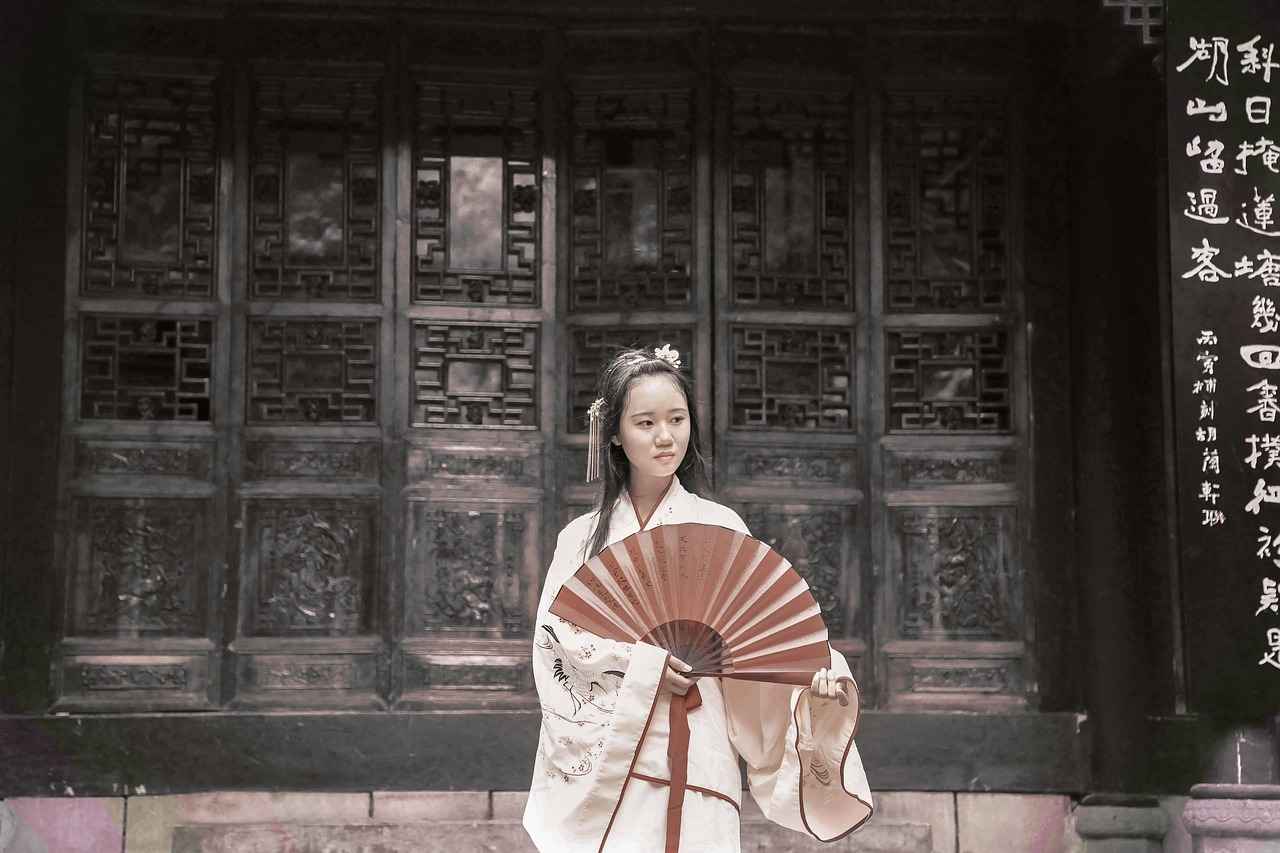
Footwear Options
The right footwear can truly complete your kimono look. Whether you’re dressing for a casual day out or a formal event, the choice of shoes plays a crucial role in enhancing your overall outfit. Below, we will explore various options ranging from traditional to modern footwear that pairs beautifully with kimonos.
| Footwear Type | Description | Styling Tips |
|---|---|---|
| Geta | Traditional wooden sandals that elevate the cultural essence of the kimono. | Pair with a casual kimono for a classic look. Ensure the geta fits comfortably to avoid discomfort. |
| Zori | Flat sandals made of rice straw or synthetic materials, often worn with formal kimonos. | Choose zori in colors that complement your kimono. They work well for both casual and formal occasions. |
| Modern Sneakers | Casual footwear that adds a contemporary twist to your kimono outfit. | Opt for minimalist designs in neutral colors to maintain balance with the traditional kimono. |
| Boots | Stylish boots can add an edge to your kimono look, especially in colder weather. | Choose ankle or mid-calf boots that are sleek and sophisticated to avoid overwhelming your outfit. |
When selecting footwear for your kimono, consider the occasion and the overall aesthetic you wish to achieve. Comfort is key, so ensure that your chosen shoes allow you to move freely and confidently. By pairing the right footwear with your kimono, you can create a harmonious and stylish appearance that reflects your personal taste.
In conclusion, whether you lean towards traditional geta or opt for modern sneakers, the right footwear can enhance your kimono look significantly. Experiment with different styles to discover what best complements your outfit and makes you feel your best.
Traditional Geta
are more than just footwear; they are an integral part of Japanese culture and fashion, especially when paired with a kimono. These traditional wooden sandals not only add a distinctive touch to your outfit but also enhance the overall aesthetic of your kimono ensemble.
Geta come in various styles, typically featuring a raised wooden base and a thong that secures the foot. This design allows for a unique walking experience, providing a slight elevation that keeps your kimono fabric from dragging on the ground. Here are some key points to consider when wearing geta:
- Comfort: While geta may feel unfamiliar at first, with practice, they can be worn comfortably. It’s essential to choose a pair that fits well and offers adequate support.
- Height: The height of the geta can vary. Taller geta can create a more dramatic silhouette, while shorter ones offer ease of movement. Select the height based on your comfort and the occasion.
- Matching Your Kimono: The color and design of your geta should complement your kimono. Traditional colors like black or natural wood can match a variety of kimono styles, while more colorful options can add a playful touch.
To wear geta stylishly, follow these tips:
- Posture: Stand tall and maintain good posture. This not only enhances your appearance but also helps in balancing while walking.
- Walking Technique: Take smaller steps and place your heel down first to avoid tripping. This technique is crucial for maintaining balance on the wooden base.
- Accessorize: Consider adding a decorative obi (belt) that complements your geta. This can tie your entire look together and add a touch of elegance.
In conclusion, wearing traditional geta can elevate your kimono experience, offering a blend of comfort and cultural significance. With the right pair and styling tips, you can confidently embrace this beautiful aspect of Japanese tradition.
Modern Sneakers
have become a popular choice for pairing with kimonos, offering a fresh and contemporary twist to traditional styling. This combination not only enhances comfort but also adds a unique flair to your outfit. Below are some practical tips for achieving a trendy vibe with your kimono and sneakers.
- Choose the Right Sneakers: Opt for sneakers that complement the color and style of your kimono. Neutral colors like white, black, or beige work well, while bold colors can make a statement.
- Consider the Length of Your Kimono: Longer kimonos pair beautifully with low-top sneakers, while shorter kimonos can be styled with high-tops for a more casual look.
- Focus on the Fit: Ensure your sneakers fit comfortably and allow for easy movement. This is essential for maintaining a laid-back yet stylish appearance.
- Accessorize Wisely: Balance your outfit with accessories that tie the look together. A simple crossbody bag or a pair of statement earrings can elevate your ensemble.
- Experiment with Patterns: Don’t shy away from mixing patterns. A floral kimono can look stunning when paired with patterned sneakers, creating a playful contrast.
When styling your kimono with sneakers, remember that confidence is key. Feel free to express your personal style and make the outfit your own. Whether you’re heading out for a casual brunch or a day of shopping, this combination can make you stand out while keeping you comfortable.
In conclusion, incorporating modern sneakers into your kimono outfit is a fantastic way to embrace a contemporary aesthetic while respecting traditional elements. With the right choices, you can effortlessly create a stylish and unique look that showcases your personality.

Occasion-Specific Styling
is essential for maximizing the versatility of your kimono. The way you style your kimono can significantly influence your overall look and the impression you leave on others. Understanding how to tailor your appearance for different occasions will help you express your unique style while respecting traditional aesthetics.
For casual outings, comfort and simplicity are key. Opt for a lightweight cotton kimono that allows for ease of movement. Pair it with a simple t-shirt and denim jeans or shorts for a laid-back look. Accessories should be minimal; consider a crossbody bag and comfortable sandals or sneakers. This combination keeps your outfit relaxed yet stylish, perfect for coffee dates or casual strolls.
When attending formal events such as weddings or galas, elegance is paramount. A silk kimono is an excellent choice, as its luxurious fabric adds sophistication. Pair the kimono with a fitted dress underneath and opt for a statement obi belt to accentuate your waist. Complete the look with elegant heels and refined jewelry, such as pearl earrings or a delicate bracelet. This ensemble will ensure you make a stunning impression.
Your kimono styling should also consider the season. In warmer months, opt for light fabrics like linen to keep cool, while in colder months, layering with a stylish cardigan or a fitted turtleneck can add warmth without sacrificing style. Additionally, choose seasonal colors and patterns that reflect the time of year, enhancing your overall appearance.
For special occasions, such as cultural festivals or family gatherings, consider incorporating traditional elements into your outfit. This could mean wearing a vintage kimono or adding traditional accessories like a haneri (collar) or koshihimo (waist ties). This approach not only honors the heritage of the kimono but also allows you to stand out in a crowd.
In conclusion, understanding the nuances of can transform your kimono into a versatile wardrobe staple. Whether you’re dressing for casual outings or formal events, the right styling choices will ensure you look and feel your best.
Casual Outings
are the perfect opportunity to showcase your unique style while prioritizing comfort. When it comes to wearing a kimono, there are several styling tips that can help you achieve a relaxed yet chic look, making you feel confident and fashionable.
- Opt for Lightweight Fabrics: Choose kimonos made from breathable materials like cotton or linen. These fabrics not only ensure comfort but also allow for easy movement, perfect for a day out.
- Embrace Neutral Colors: While vibrant patterns are beautiful, opting for neutral tones can create a versatile base for your outfit. Pair a beige or pastel kimono with a simple white tee and jeans for an effortlessly chic look.
- Layer Smartly: If the weather is unpredictable, consider layering your kimono over a fitted top or dress. This adds depth to your outfit while keeping you comfortable. A light cardigan can also complement your kimono beautifully.
- Accessorize Wisely: Accessories can make or break your look. A simple obi belt can cinch your waist, adding definition to your silhouette. Pairing your kimono with minimalistic jewelry can keep the focus on the outfit without overwhelming it.
- Footwear Matters: For a casual outing, comfortable footwear is essential. Sneakers or flat sandals can provide the perfect balance of style and comfort, allowing you to enjoy your day without the fuss of heels.
Incorporating these tips can transform your kimono into a staple piece for casual outings. Whether you’re heading to brunch with friends or a leisurely stroll in the park, a well-styled kimono can elevate your look while ensuring you feel relaxed and at ease.
Remember, the key to a successful outfit is to express your personal style while ensuring comfort. So, grab your favorite kimono, add some stylish accessories, and step out with confidence!
Formal Events
For formal events, elegance is essential. When it comes to styling your kimono for weddings, galas, and other special occasions, the right techniques and accessories can make all the difference. This guide will help you create a stunning impression, ensuring that you stand out while respecting the traditional beauty of the kimono.
To achieve a sophisticated look, start by selecting a formal kimono made from luxurious fabrics such as silk. Silk kimonos not only exude elegance but also drape beautifully, enhancing your silhouette. Pay attention to the color and pattern of the kimono; rich colors and intricate designs can elevate your overall appearance.
- Choose the Right Obi: The obi belt is a crucial accessory that defines the waistline. Opt for a wide obi with embellishments to add a touch of glamour.
- Layer Thoughtfully: Consider adding a haori, a traditional jacket that complements the kimono. This not only adds warmth but also enhances the overall look.
- Select Appropriate Footwear: Traditional geta or zori sandals are excellent choices for formal events. Alternatively, elegant heels can provide a modern twist while maintaining sophistication.
- Accessorize Wisely: Delicate jewelry pieces, such as pearl earrings or a simple bracelet, can enhance your look without overpowering it. A tasteful clutch can also serve as a functional accessory.
When attending formal events, remember that confidence is key. Carry yourself with poise, and allow your outfit to reflect your personality. By following these styling tips, you can ensure that your kimono is not only a garment but a statement of elegance and grace.
In conclusion, mastering the art of kimono styling for formal occasions involves understanding the right fabrics, accessories, and layering techniques. With careful consideration and attention to detail, you can create a memorable look that honors tradition while showcasing your unique style.
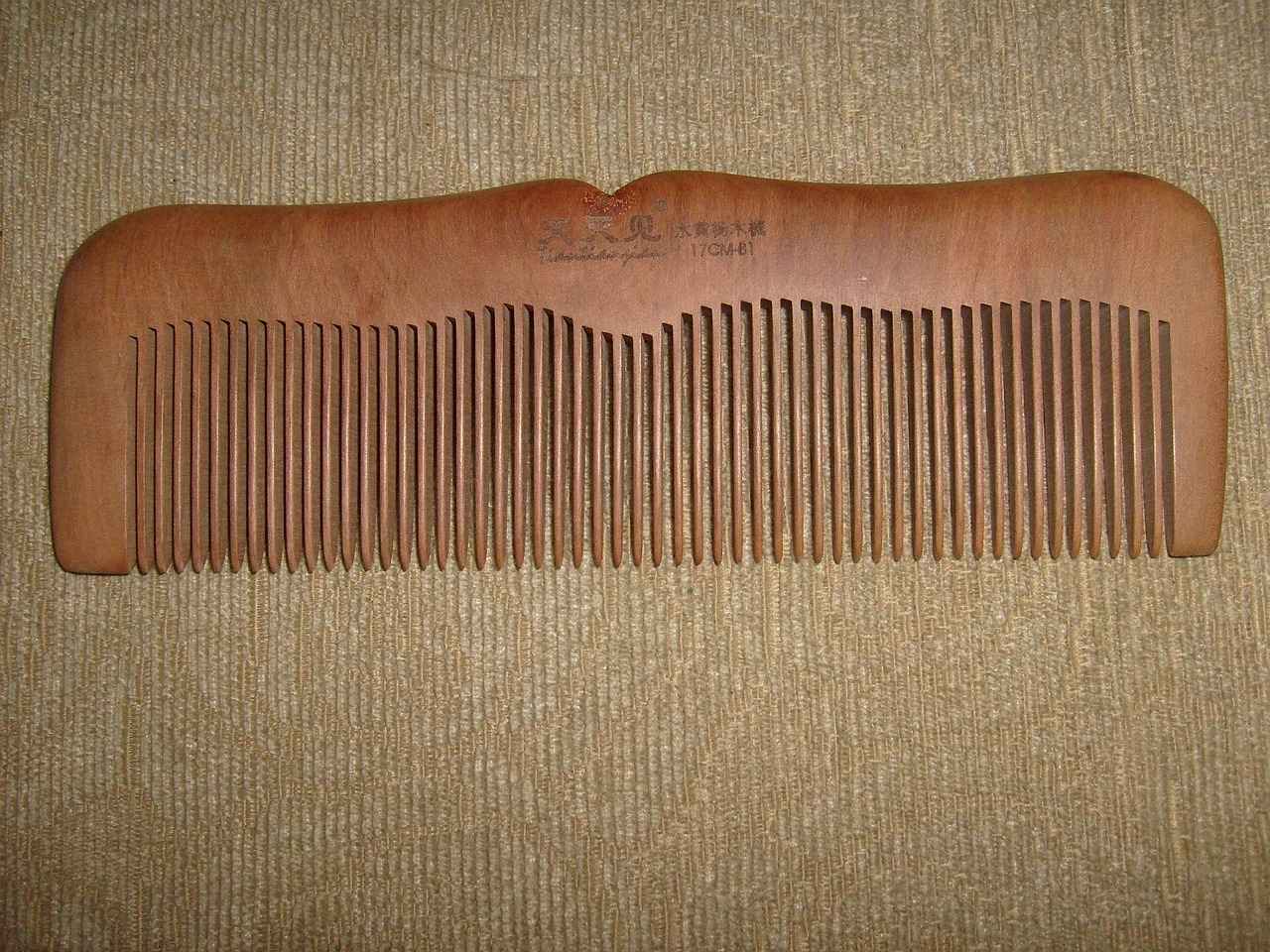
Maintaining Your Kimono
Proper maintenance is essential to ensure that your kimono stays beautiful and vibrant for years to come. With the right care, this exquisite garment can be a cherished part of your wardrobe, ready for any occasion. Here are some essential tips to keep your kimono in pristine condition.
- Regular Cleaning: It is crucial to clean your kimono regularly, especially after wearing it for special events. For silk kimonos, consider dry cleaning to preserve their delicate fabric. Cotton and polyester kimonos can often be hand-washed in cold water with a mild detergent.
- Storing Your Kimono: Proper storage is vital to prevent damage. Always hang your kimono on a padded hanger to maintain its shape. If you must fold it, use acid-free tissue paper to avoid creases and protect the fabric.
- Avoid Direct Sunlight: When storing your kimono, keep it away from direct sunlight to prevent fading. A cool, dark place is ideal for maintaining its vibrant colors.
- Dealing with Stains: If you encounter a stain, act quickly. Blot the area gently with a clean cloth and use a suitable stain remover recommended for the fabric type. Avoid rubbing, as this can damage the fibers.
- Ironing with Care: If your kimono needs ironing, always use a low heat setting and place a cloth between the iron and the fabric. This will help prevent burns and maintain the integrity of the material.
By following these simple yet effective maintenance tips, you can ensure that your kimono remains a stunning representation of traditional craftsmanship and elegance. With proper care, your kimono will be ready for any occasion, allowing you to embrace its beauty for years to come.
Cleaning Tips
Cleaning your kimono is an essential aspect of maintaining its beauty and longevity. Understanding the right methods for washing and storing different fabric types can greatly enhance your kimono’s lifespan and appearance. Here are some best practices to consider:
| Fabric Type | Washing Method | Storage Tips |
|---|---|---|
| Cotton | Machine wash on a gentle cycle with cold water. Use mild detergent. | Store in a cool, dry place. Fold neatly to avoid creases. |
| Silk | Hand wash in cold water or dry clean. Avoid wringing. | Hang on padded hangers or roll gently to prevent creasing. |
| Polyester | Machine wash on a gentle cycle. Use cold water and mild detergent. | Store in a breathable garment bag to avoid dust accumulation. |
| Linen | Hand wash or machine wash on a gentle cycle. Iron while damp. | Store in a cool, dry area, preferably folded to maintain its shape. |
Washing your kimono properly is only part of the equation; how you store it is equally important. Here are some effective storage solutions:
- Use breathable garment bags: This helps to protect your kimono from dust and moisture.
- Avoid plastic: Plastic can trap moisture and lead to mold growth. Opt for cotton or linen covers instead.
- Keep away from direct sunlight: Sunlight can fade colors, so store your kimono in a shaded area.
By following these cleaning and storage tips, you can ensure that your kimono remains in excellent condition for years to come. Remember that each fabric type requires specific care, so always refer to the care label when in doubt.
Storage Solutions
Proper storage is essential for maintaining the beauty and longevity of your kimono. With the right techniques, you can prevent damage and ensure your garment retains its shape and color over time. Here are some effective methods to store your kimono safely:
- Choose the Right Storage Location: Store your kimono in a cool, dry place away from direct sunlight. Exposure to light can fade colors, while humidity can lead to mold and mildew.
- Use a Breathable Garment Bag: Opt for a cotton or muslin garment bag instead of plastic. Plastic can trap moisture, leading to deterioration. A breathable bag will protect your kimono from dust while allowing it to breathe.
- Fold Carefully: When folding your kimono, use acid-free tissue paper to help maintain its shape. Place the tissue paper between the folds to prevent creasing and to reduce stress on the fabric.
- Avoid Hanging: Although it may seem convenient, hanging your kimono can stretch the fabric and distort its shape. Instead, store it flat or rolled up with care.
- Keep Away from Pests: To protect your kimono from moths and other pests, consider using natural repellents like cedar blocks or lavender sachets in your storage area.
- Regularly Inspect Your Kimono: Periodically check your stored kimono for any signs of damage or pests. Early detection can help you address issues before they become serious problems.
By following these tips, you can ensure that your kimono remains in excellent condition, ready for any occasion. Remember, proper storage is key to preserving the beauty and integrity of this cherished garment.
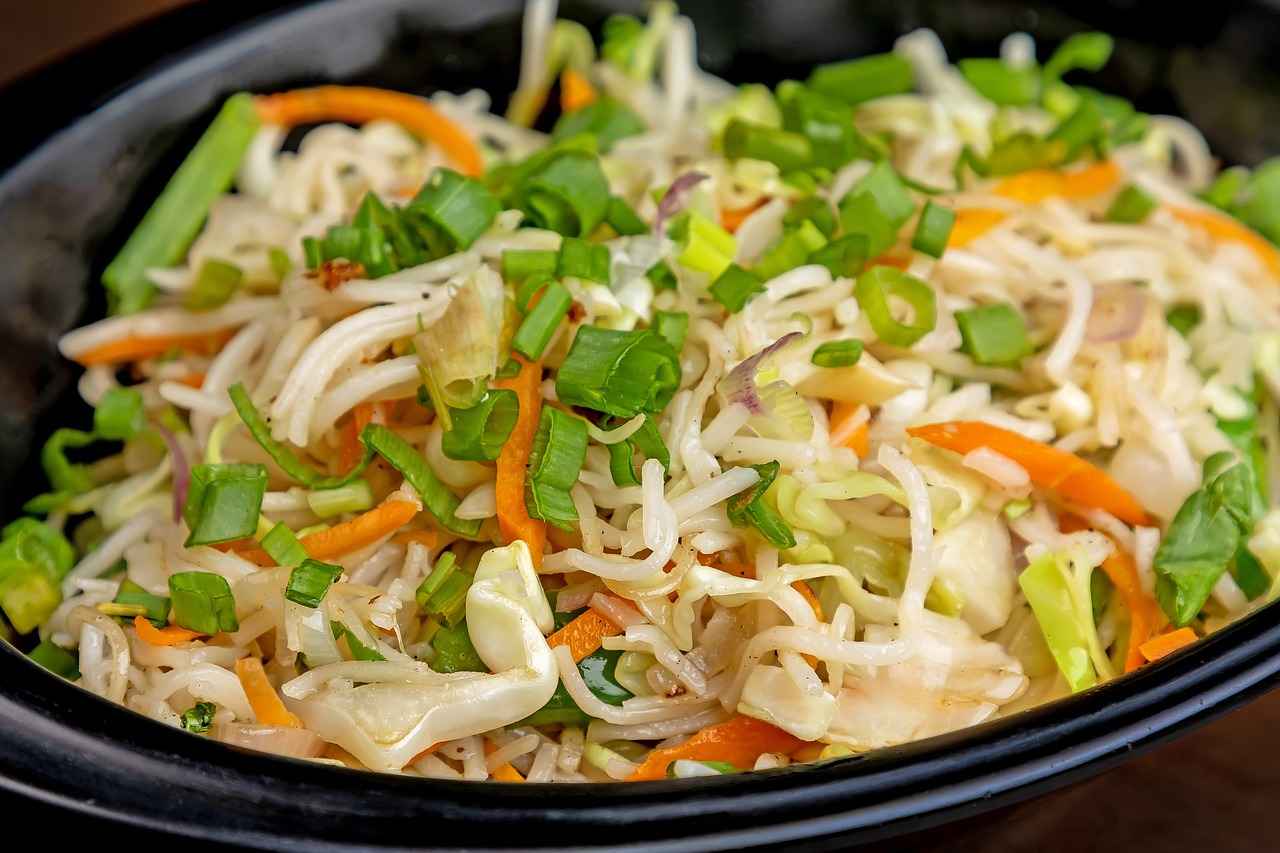
Conclusion: Embrace Your Style
Styling a kimono is not just about wearing a piece of clothing; it is an art form that beautifully merges traditional aesthetics with personal expression. The kimono is a timeless garment, rich in history and culture, and offers endless opportunities for individual flair. By experimenting with various styles, colors, and accessories, you can discover the unique combinations that resonate with your personality and confidence.
To begin your styling journey, it’s essential to understand the different types of kimonos available. Casual kimonos, often made from cotton, are perfect for everyday wear, while silk kimonos exude elegance and are suited for formal occasions. Each fabric brings its own character, allowing you to choose what feels best for each event.
Accessorizing your kimono is another crucial aspect of styling. Consider adding an obi belt to cinch your waist, or choose statement jewelry that complements the colors of your kimono. Accessories can elevate your look, making it more cohesive and polished.
Layering is also an effective technique to enhance your outfit. For cooler days, a lightweight cardigan can add both warmth and style, while a colorful scarf can introduce texture and vibrancy to your ensemble. Remember, the key to a great kimono look is balancing tradition with modern trends.
Lastly, consider the footwear that completes your outfit. Traditional geta sandals can enhance the cultural aspect, while contemporary sneakers can provide a trendy twist. The right shoes can transform your look from traditional to modern with ease.
In conclusion, styling a kimono is a personal journey that allows you to express your unique style while honoring a rich cultural heritage. Embrace the process of experimenting with different looks, and you will undoubtedly find a style that suits you best.
Frequently Asked Questions
- What types of kimonos are there?
There are various types of kimonos, including casual and formal styles. Casual kimonos are great for everyday wear, while formal ones are perfect for special occasions like weddings and galas. Understanding the type you need is key to styling it right!
- How do I choose the right fabric for my kimono?
The fabric of your kimono greatly impacts its look and comfort. Cotton is breathable and ideal for casual wear, while silk offers elegance for formal events. Polyester is durable and affordable, and linen is perfect for warmer months.
- What accessories should I use with my kimono?
Accessories can elevate your kimono look! Consider using obi belts to define your waist and jewelry that complements your kimono’s color and style. Don’t forget about adding layers like cardigans or scarves for extra flair!
- What footwear pairs well with kimonos?
For a traditional vibe, opt for geta sandals, while modern sneakers can give your outfit a trendy twist. The key is to choose footwear that complements your overall look while ensuring comfort.
- How do I maintain my kimono?
To keep your kimono looking its best, proper cleaning and storage are essential. Always follow the care instructions for the specific fabric and store it in a cool, dry place to prevent damage.







